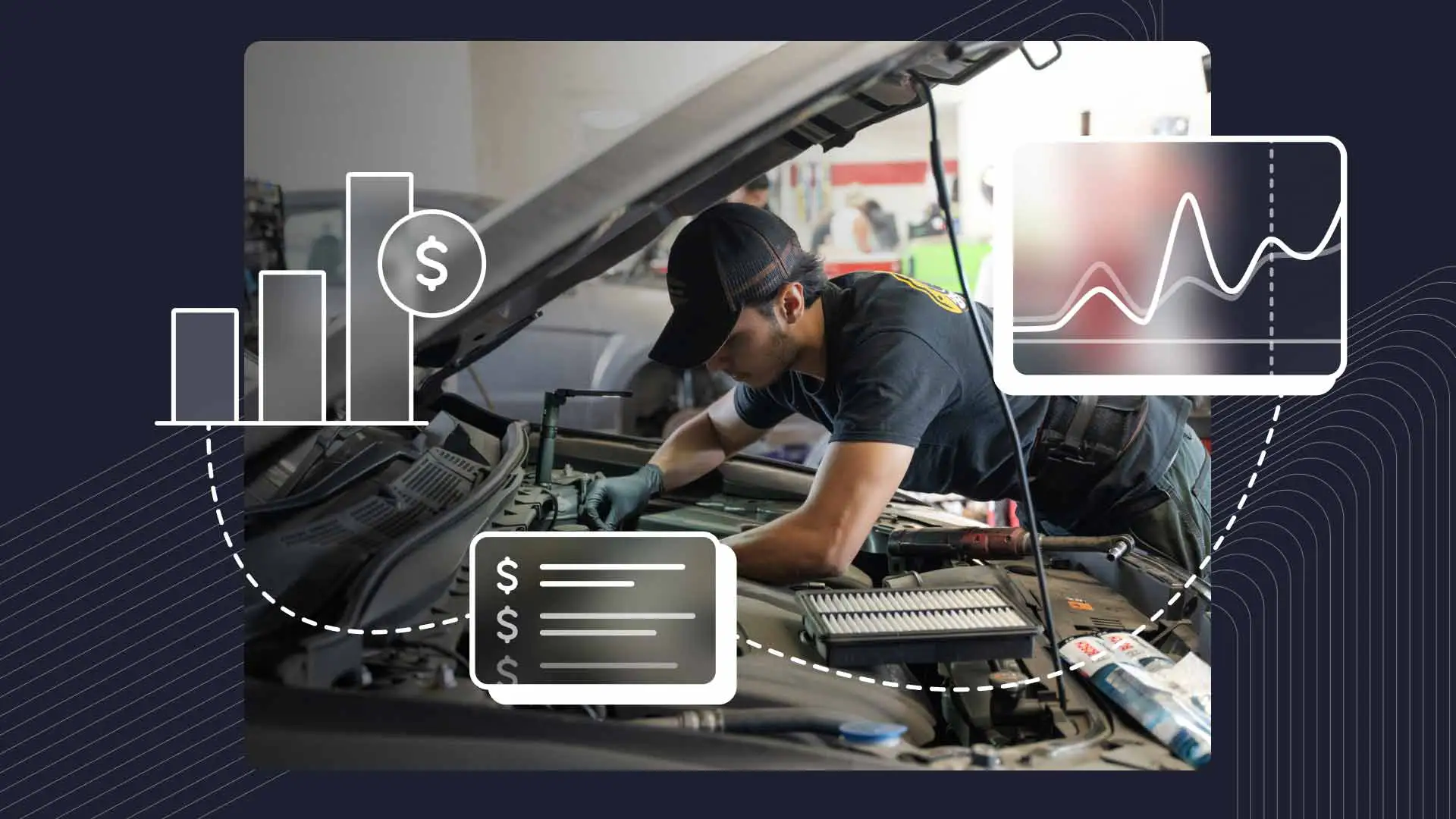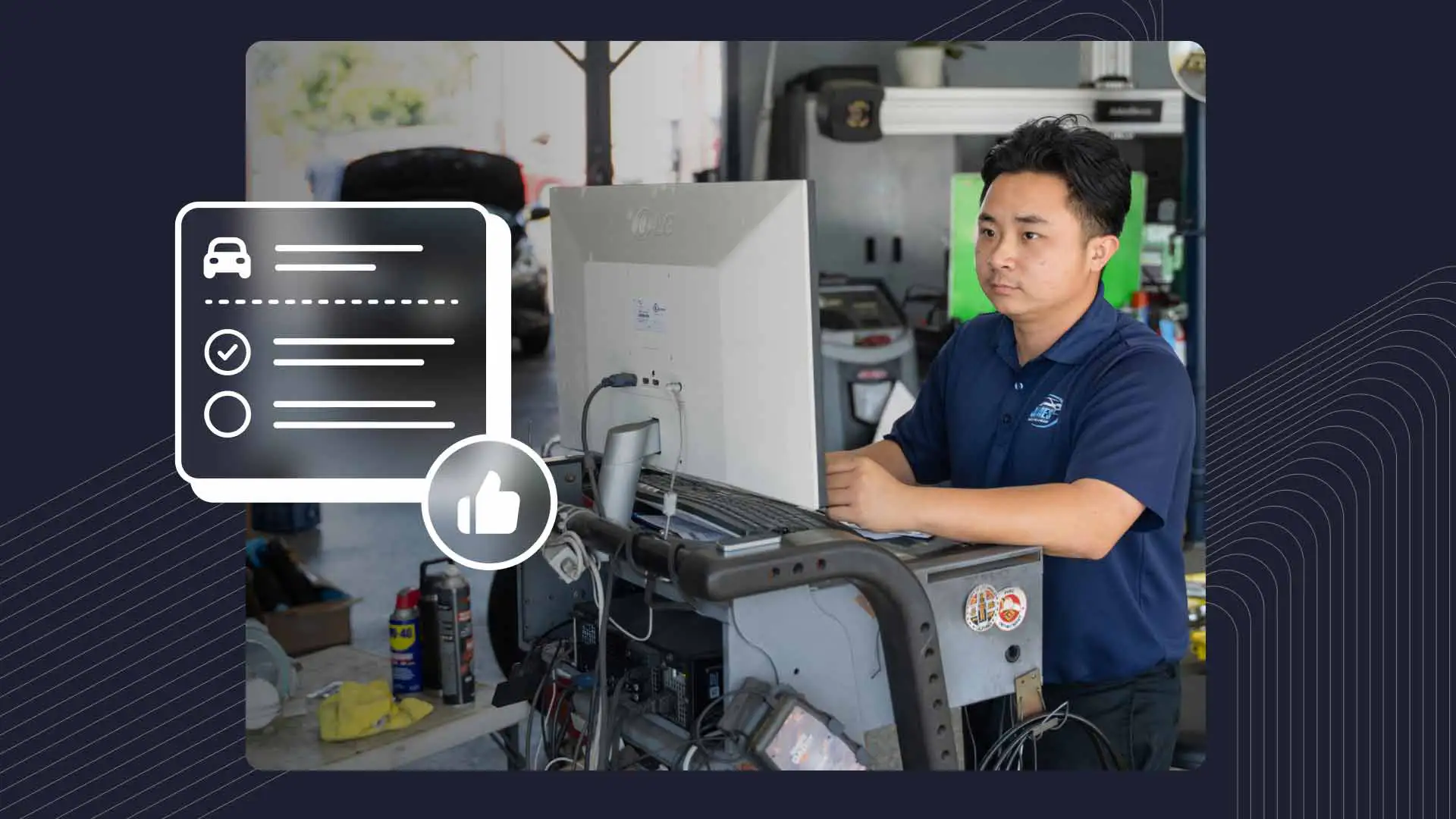The goal of any automotive shop is to turn a profit. Shops that don’t achieve this objective—and properly strategize so that they can achieve it—don’t last long. Truck repair shop profitability is especially important for shops that specialize in fixing different types of trucks, simply because of the expenses required to keep these businesses going.
In general, there are three costs associated with turning a profit for auto shops: labor, parts, and overhead. When you factor in the necessity to profit from these costs, these four concerns (profit, labor, parts, and overhead) are the chief components that impact heavy duty repair shop profitability.
Ideally, shops should try to split each dollar earned equally between these four areas so there are about 25 cents dedicated to each of them. Oftentimes, it’s a good idea to dedicate just a tad more resources to overhead (30 cents), and cut back a little on labor (20 cents), while keeping parts and overhead at a quarter each.
Keep reading to see why and get other best practices for ensuring heavy duty shop profitability, so your shop can stick around for the long haul.
Overhead Costs
Overhead costs include things like rent, utilities, insurance, and marketing. Essentially, these are operational expenses that shops have to pay for. Because they’re operation expenses, these costs can vary depending on the size and location of your business. They include everything from the bare necessities like keeping the lights on to business fundamentals like ensuring there are enough customers. In fact, marketing efforts are one of the main reasons it's better to dedicate a little more funding to overhead.
Your marketing effectiveness will definitely impact truck repair shop profitability. If you can attract more customers and convert them into paying customers, you'll be more profitable. You’ll also be able to offer competitive prices. You need to have competitive prices in order to attract and retain customers. However, you also need to make sure that you're not undercutting your own costs. That’s why, the general rule of thumb is to split costs just about evenly through these four areas, but allocate a little more for overhead and less for labor.
Labor
The cost of labor is one of the biggest expenses for any truck repair business. The amount you pay your mechanics will depend on their experience, skill level, and location. However, it’s possible to maximize truck repair shop profitability by making laborers—techs, managers, and office administrators—more efficient. is designed to boost shop and labor efficiency.
These solutions provide individual metrics for specific workers or technicians that perform the same sort of duties. Shop owners can measure employee productivity with this software and provide incentives to increase it. One way to do so is by rewarding productive employees. Also, it may be necessary to discipline workers whose performances are lagging. It’s equally important to pay laborers fair wages for their work. resources can help with this task.
Parts
The cost of parts can also be a significant expense. You'll need to factor in the cost of both original equipment manufacturer (OEM) parts and aftermarket parts. The objective with parts is to get the best, high-quality parts for the most reasonable price. Another good rule of thumb is to not spend more than about one-fourth of sales revenues on parts.
Shops should use to stay on top of what their needs for parts are. That way they can budget for them well and not wait until the last minute and then have to spend more on parts than they’d otherwise have to. The truck repair industry is constantly evolving, so it's important to stay up-to-date on the latest technology to help make shops as efficient as possible. This will help you provide your customers with the best service at the most reasonable prices.
Profits
Ultimately, truck repair shop profitability depends on efficiency. That includes efficiently managing overhead and marketing to customers, as well as efficiently managing costs for labor and parts. If you can streamline your processes and reduce waste, you'll be able to save money. Shops should always be looking for ways to become more efficient in their operations. This is a great way to see how efficient your shop is and in what areas it can be improved.
By following the above outline for how to allocate funding for these four areas of heavy duty shop profitability, shops should be able to keep their costs down. By spending a little more on overhead and marketing and cutting back on labor by motivating employees to work more productively, your shop is likely to turn a profit. Doing these things consistently while satisfying customers is the key to staying in business in today’s competitive economic times.




